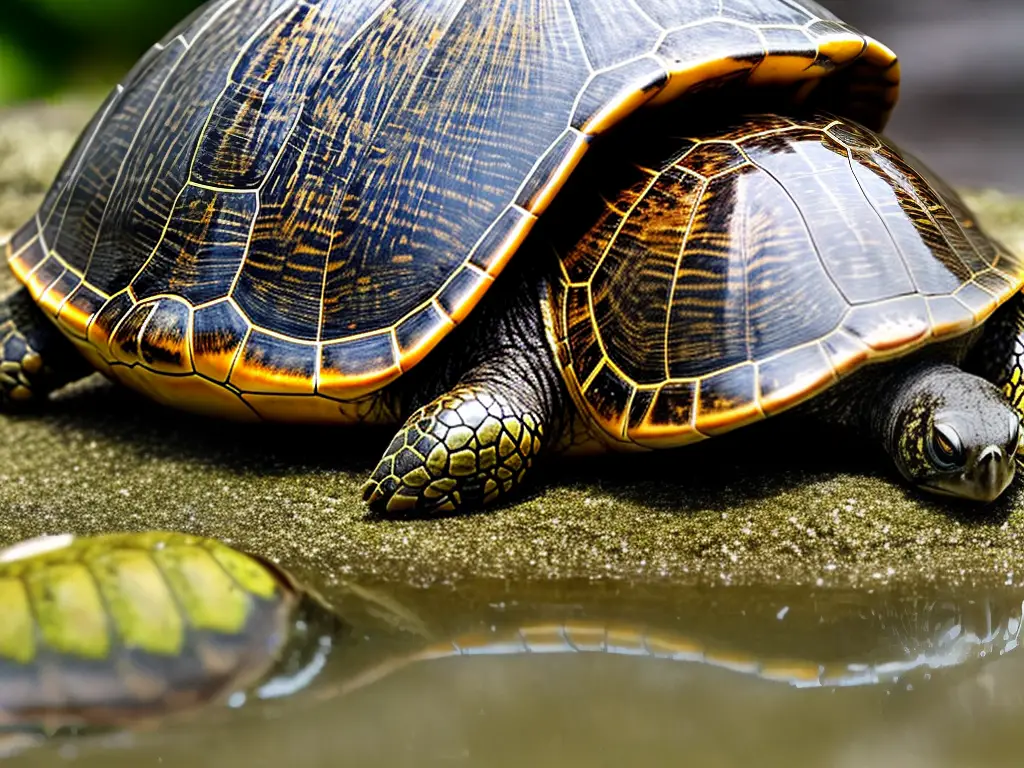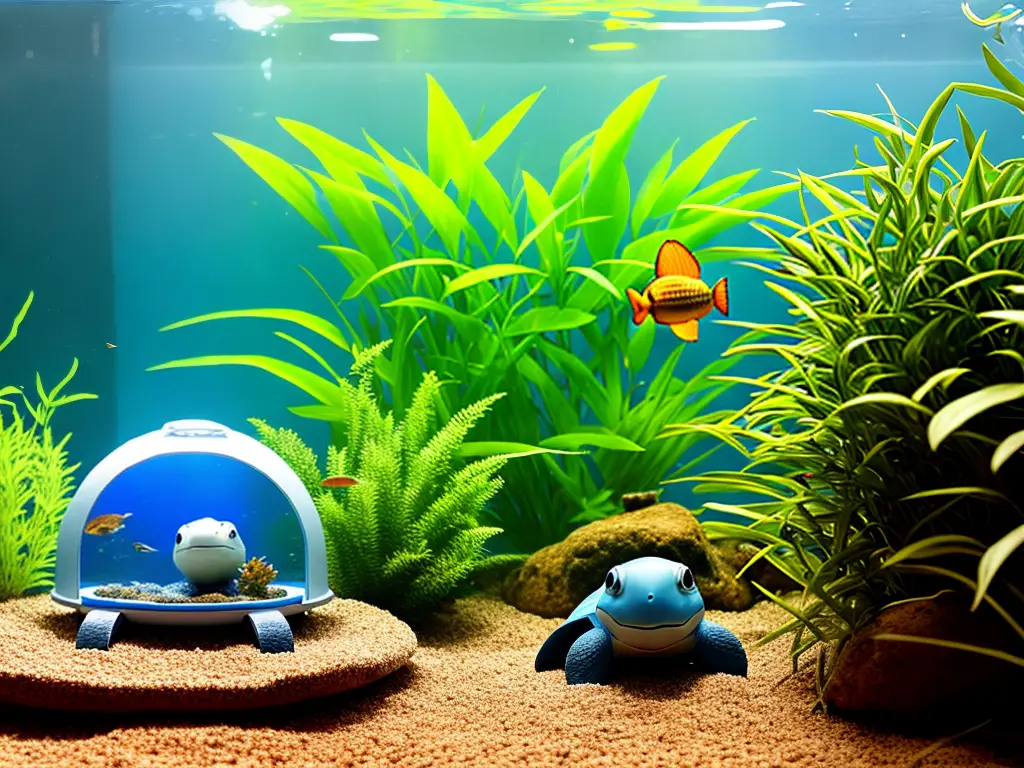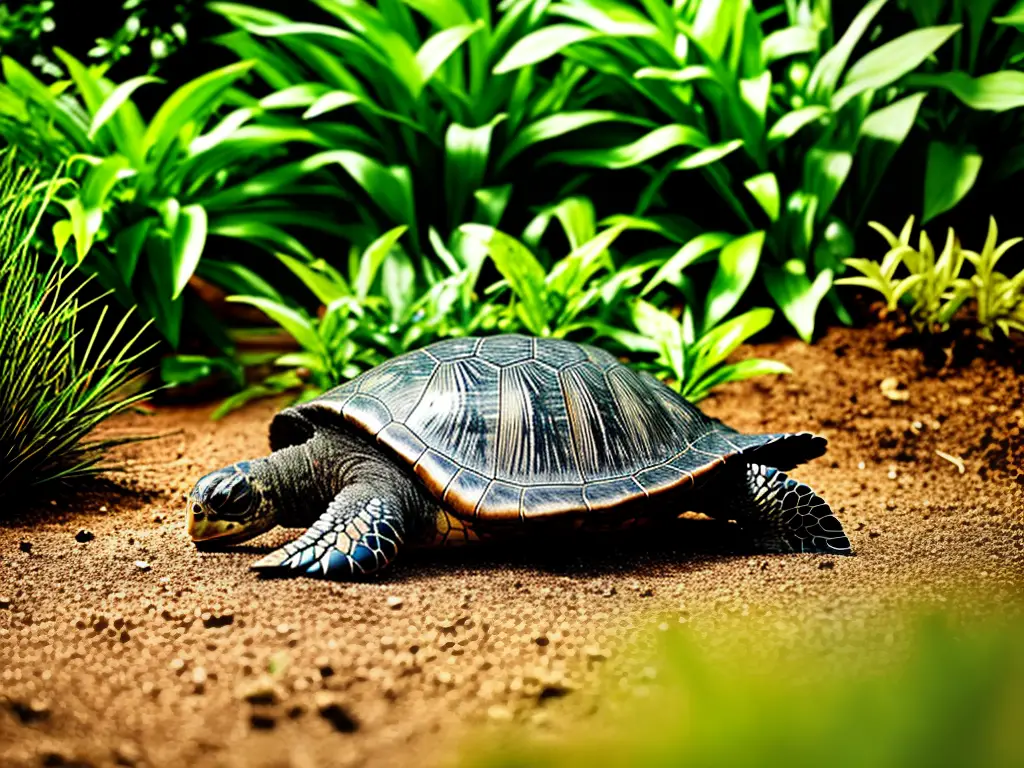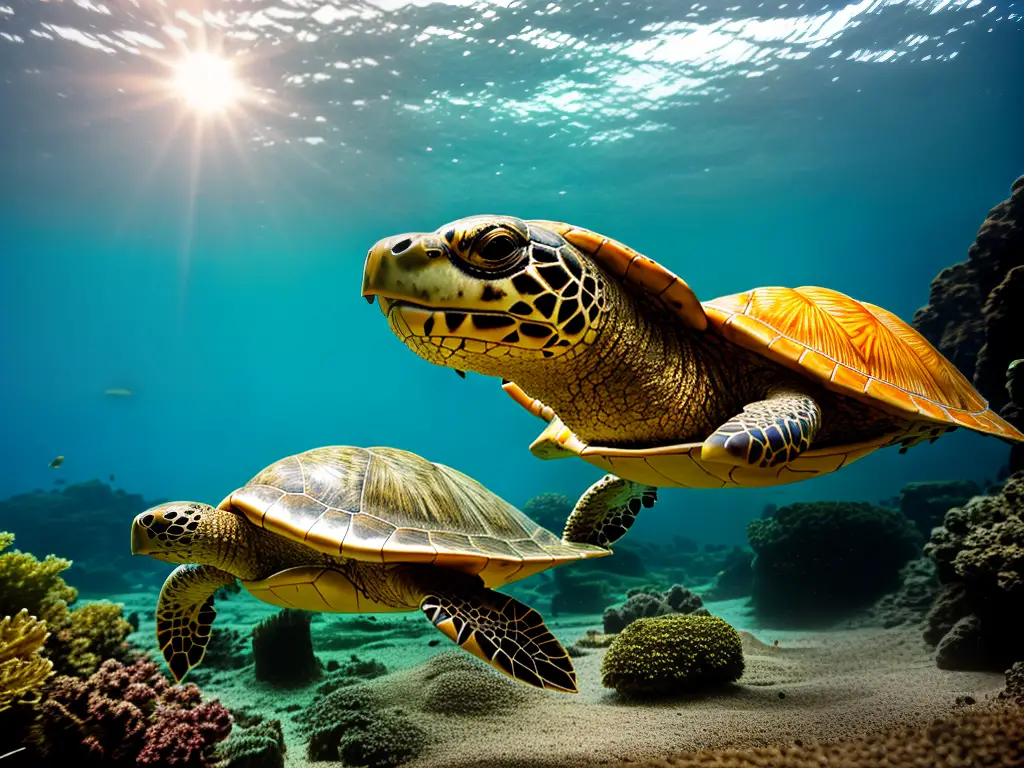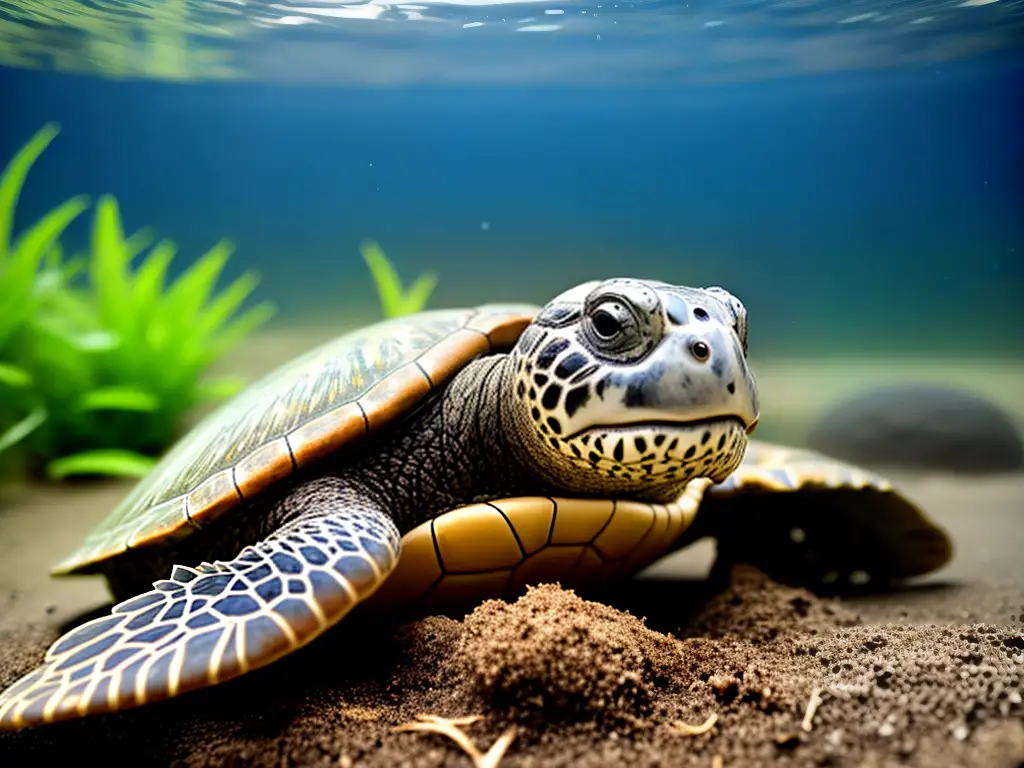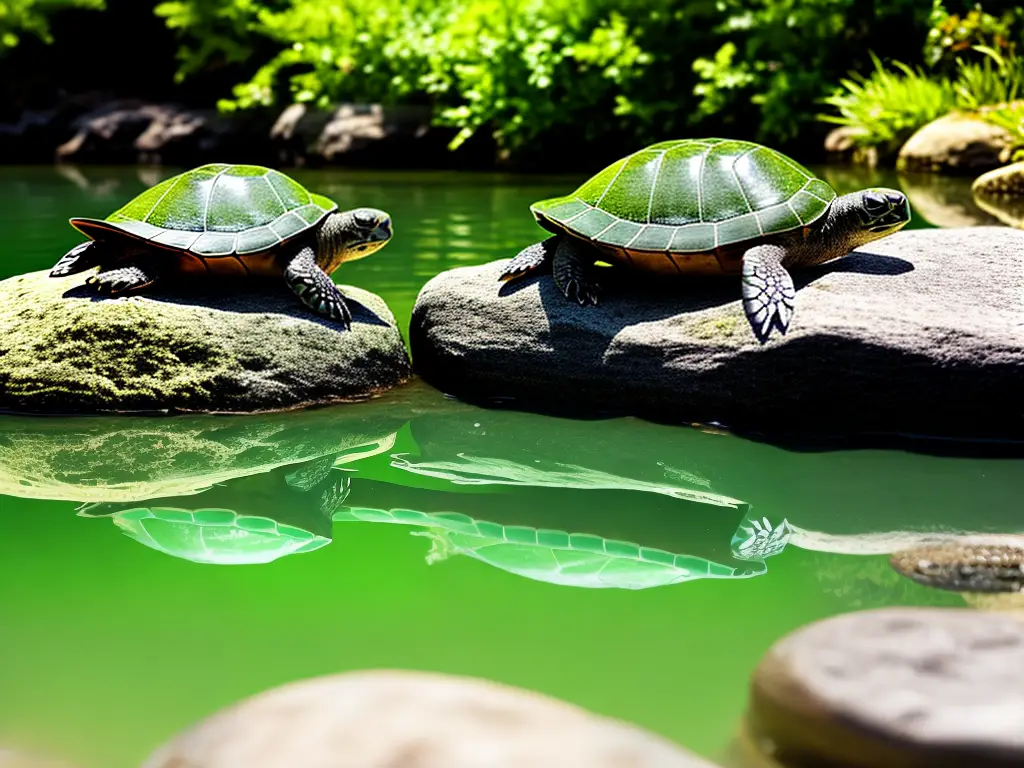Mouse intelligence and problem-solving abilities offer invaluable insights for understanding not only their own cognitive capacities but also broader implications in various fields. From their sophisticated neurobiology to the myriad ways they adapt and learn within their environments, the study of these small rodents has garnered significant attention. This essay delves into the fascinating world of mouse intelligence, examining the relevant neurobiology, problem-solving capabilities, social behavior, impact of environmental factors, research methods, and the applications and implications of these findings in other fields.
Cracking the Code to Mouse Intelligence
Mouse intelligence is often studied in relation to the neurobiology of their brain structure, which is relatively simpler compared to the human brain, yet sophisticated enough to provide valuable insights into cognitive functions.
Murine models (mice and rats) offer critical information about neural networks and cerebral regions responsible for complex cognitive activities like learning, memory consolidation, and problem-solving.
With over 71 million neurons, a mouse brain shares a similar organization to that of the human brain, albeit with fewer gyri and sulci, which renders it useful for investigating mammalian cognitive processes.
One of the primary brain structures implicated in mouse intelligence is the hippocampus. This region plays an essential role in declarative memory formation and spatial navigation, both of which contribute to problem-solving ability.
The hippocampus exhibits synaptic plasticity, which means it can adapt and reorganize its neuronal connections in response to new experiences or environmental stimuli. This plasticity allows mice to better navigate and remember locations, helping them adapt to changes in their surroundings, and make informed decisions based on spatial information.
Another crucial brain region indicative of mouse intelligence is the prefrontal cortex (PFC). PFC is involved in executive functions like planning, decision-making, and behavioral inhibition.
Research has shown that when a mouse is exposed to a challenging situation requiring problem-solving or decision-making, the PFC activity plays a vital role in processing and integrating relevant information. Neurons in the PFC of mice exhibit advanced computational abilities and an extensive range of adaptability, which allows them to flexibly and efficiently switch between cognitive strategies.
The cerebellum is another vital brain structure in understanding mouse intelligence. Traditionally seen as responsible for motor coordination, recent research has shown that the cerebellum has a significant role in cognitive processing as well.
Moreover, animal studies have demonstrated that the cerebellum is involved in processes such as learning and habituation, which are not only important for adaptive motor behavior but also for the development of higher cognitive skills.
In addition, the cerebellum is known for its ability to form specific neuronal patterns that underlie conditioning and procedural memory, ultimately contributing to problem-solving and decision-making in mice.
Mouse intelligence has been a subject of interest for many researchers, especially their problem-solving and learning abilities. One of the key aspects of mouse intelligence is spatial navigation. Mice have an excellent sense of spatial awareness, which allows them to quickly navigate through their environment and find their way to food or shelter. Researchers have found that mice use landmarks in their environment to create cognitive maps, which they then navigate using a combination of memory and sensory inputs, such as scent, sound, and light. The ability to form these mental maps provides mice with a selective advantage, as it enables them to solve spatial problems effectively.
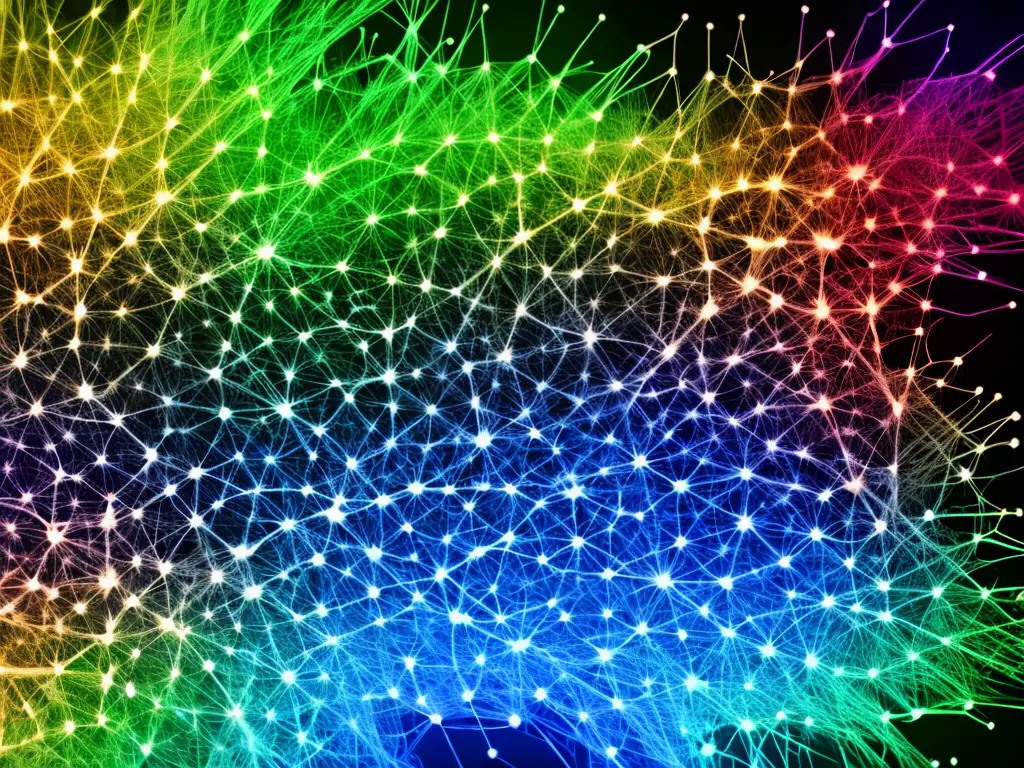
Mice Intelligence and Problem-Solving Capabilities
Furthermore, another aspect of mouse intelligence that warrants further study is the complex interplay between genetics and environmental factors. Mouse models in different strains exhibit a variety of behavioral traits and cognitive abilities, which can be influenced by their genetic makeup, as well as external stimuli. Considering recent advancements in optogenetics and other genetic manipulation techniques, it is becoming increasingly clear that targeted interventions can profoundly influence neural circuits, and ultimately, the expression of cognitive functions. Thus, a comprehensive understanding of the neurobiology of mouse intelligence would necessitate examining how genetics, neural networks, and specific brain regions work in concert to facilitate their cognitive and problem-solving abilities.
Another essential aspect of mouse intelligence is their memory capacity. Mice have shown impressive long-term memory, which allows them to remember locations and specific routes effectively. Researchers who study mice memory typically use maze experiments, in which mice learn to navigate a maze to receive a reward. Mice can quickly memorize the correct path to the reward and even remember it weeks later. This long-term memory ability is crucial for their survival in the wild, as it enables them to remember the locations of resources such as food, water, and shelter.
Mice also exhibit a remarkable ability to use tools to solve problems. While their tool use is not as elaborate as that of primates or even some bird species, mice can still use simple tools to their advantage. In laboratory settings, researchers have observed mice using small objects, such as sticks or small blocks, to reach and acquire food that would otherwise be out of reach. This ability to manipulate objects indicates a degree of creativity and ingenuity in problem-solving, reflecting the cognitive capabilities of these small mammals.
In addition to their tool-use capabilities, mice can also exhibit social learning by observing other mice to acquire new knowledge and solve problems. This form of learning, known as observational learning, allows them to learn from the experiences of others without having to engage in the same activities themselves. This can be highly useful in the wild, as it allows mice to quickly adapt to new environments and potential threats. Researchers have observed mice learning from one another in experiments that involve acquiring food, avoiding risks, and navigating complex environments.
Finally, the ability of mice to adapt to changing environments is an indication of their problem-solving abilities. They possess an innate flexibility in their behavior, allowing them to modify their actions in response to new challenges or situations. This adaptability is critical for their survival in the face of an ever-changing environment, as they must constantly find new ways to locate resources and evade predators. Additionally, this intelligence also extends to their complex social behaviors, highlighting the cognitive capabilities of these small yet resourceful mammals.
Complex Social Behaviors of Mice
Mice have been found to exhibit a wide range of communication methods that facilitate their interactions with other group members, further demonstrating their problem-solving abilities. These communication techniques not only help them maintain their intricate social structures, but also provide them with additional means to address ever-evolving issues, as they navigate their dynamic surroundings.
Within a group, mice establish well-defined social hierarchies that determine each member’s access to resources, mates, and territory. The dominant male is usually responsible for defending the territory and maintaining order, while subordinate individuals must avoid antagonizing the dominant member or risk being expelled from the group.
Communication among mice is primarily mediated through chemical signals, called pheromones, which are released by specialized scent glands. These pheromones facilitate key aspects of social behavior, such as reproduction, kin recognition, and territorial marking. In addition to chemical communication, mice also employ vocalizations, body postures, and tactile cues to convey information to their conspecifics. Ultrasonic vocalizations, emitted outside the human range of hearing, are used by mice to communicate within their groups, particularly during mating and social bonding.
Social learning plays a crucial role in the development of problem-solving abilities in mice, as they often rely on the experiences of other group members to adapt to new situations or environments. For example, mice have been found to use social cues and observational learning to avoid novel foods that might be harmful. In a phenomenon known as social transmission of food preferences, mice will avoid consuming a particular food if they smell the scent of another mouse on their breath that has consumed the food and fell ill.
In laboratory settings, research has demonstrated that mice are capable of learning and remembering complex tasks through trial and error, and that they are able to adapt their problem-solving strategies in response to changes in environmental conditions. Moreover, mice have shown the ability to navigate through complex mazes, solve simple puzzles, and even exhibit spontaneous innovation when faced with novel challenges.
Mice have been documented to possess complex social interactions and cognitive abilities, such as empathy and prosocial behavior. In various experiments where mice were given the chance to assist others in distress, they displayed significant empathetic concern and even participated in consoling behaviors towards the victim. These findings have crucial implications for understanding the neural and genetic basis of social cognition in mice, and could assist in developing new therapeutic interventions for human disorders related to social dysfunction.
Environmental Factors Affecting Mouse Cognition
Environmental factors, like habitat, considerably influence mouse cognition, including their intelligence and problem-solving abilities. Mice living in complex or challenging ecosystems, such as large burrows or diverse terrains, may develop more advanced problem-solving skills than those in simpler environments. By examining how habitat impacts mouse cognition, we can gain important insights into how these animals learn, adapt, and respond to new challenges and obstacles in their surroundings. Essentially, connecting the demonstrated social cognition in mice with their environmental adaptability helps us form a more comprehensive understanding of their overall intelligence and problem-solving capabilities.
Another important environmental factor that affects mouse intelligence and problem-solving abilities is stress. Exposure to stressors, such as predator presence or a shortage of resources, can lead to physiological and behavioral changes in mice. It has been shown that chronic stress can impair cognitive functions, such as learning and memory, while acute stress can sometimes enhance these functions. Understanding the effects of stress on mouse cognition can help researchers develop strategies to mitigate adverse consequences on animal populations in changing environments.
Stimulation is yet another significant factor that influences mouse intelligence and problem-solving abilities. Mice raised in enriched environments, which provide opportunities for physical, cognitive, and social stimulation, are known to exhibit enhanced brain development, improved learning, and increased problem-solving skills. These environments may include various objects, such as tunnels and climbing structures, as well as social encounters with other mice. Such stimulation positively impacts the growth and function of neurons in the mouse brain, leading to a more significant capacity for learning and handling challenges in their environment.
Social structure also plays a vital role in shaping the cognitive abilities of mice. Mice are social animals that live in hierarchical groups, which can affect their problem-solving skills and intelligence. Mice that hold higher-ranking positions within their social group may be more likely to develop improved problem-solving abilities, as their status requires them to make better decisions, defend resources, or engage in strategic social behavior. Moreover, group living can lead to cooperative problem-solving, where mice work together to solve complex tasks that would be difficult for an individual to complete.
Mice have long been a subject of fascination for researchers due to their intelligence and problem-solving abilities, which are intricately linked to various environmental factors such as habitat, stress, stimulation, and social structure. Understanding how these factors impact mouse cognition can lead to the development of novel strategies and interventions to improve both the welfare of laboratory animals and the conservation and management of wild populations. Moreover, shedding light on the evolutionary forces that shape animal intelligence has broader implications for the understanding of diverse species.
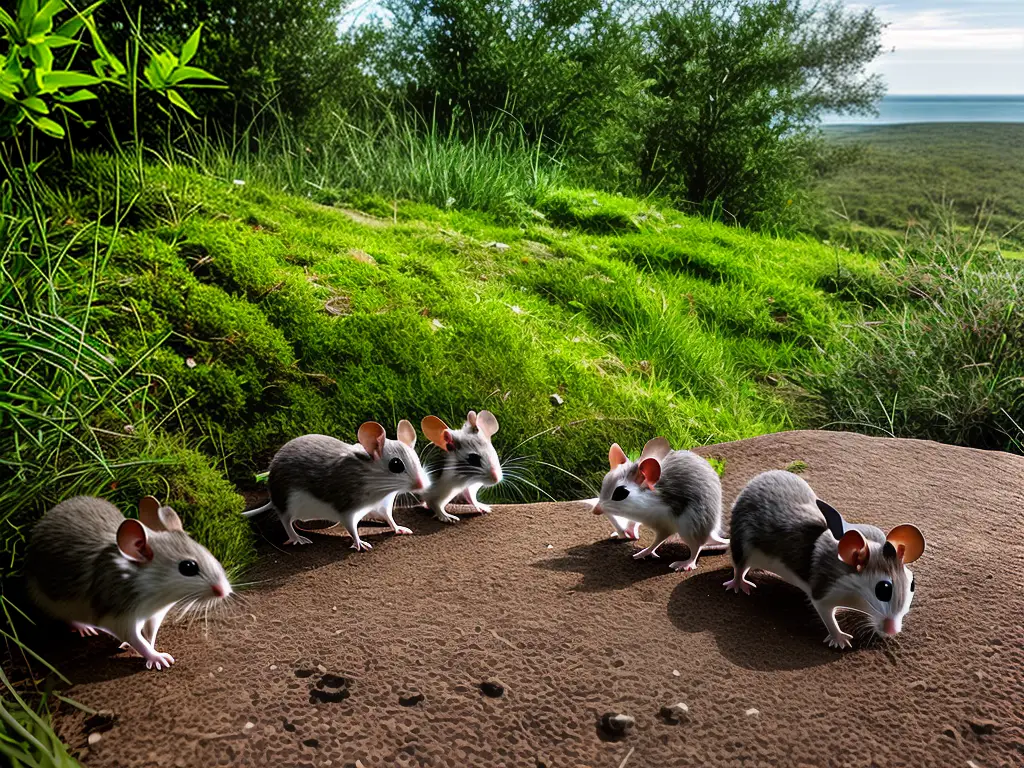
Methods for Assessing Mouse Intelligence and Problem-solving Abilities
One of the key aspects of mouse intelligence is their capacity for spatial learning and memory, and researchers have developed various methods to study these abilities. One such method is the Morris water maze, a test that challenges mice to locate a submerged platform in a pool filled with water and non-toxic, opaque liquid. By observing how mice learn to locate the platform over time, scientists can gather valuable insights into their problem-solving skills. Thus, the meticulous study of mouse cognition and behavior contributes significantly to our understanding of the factors that drive animal intelligence and problem-solving abilities, paving the way for improved welfare and conservation efforts.
Another popular method for assessing problem-solving abilities in mice is the radial arm maze. This maze consists of a central platform connected to multiple arms, with food at the end of each arm. Mice are placed in the maze and allowed to explore the arms to locate and remember the food sources. Their working and reference memory is then assessed based on their ability to recall which arms they have visited and which arms still contain food. This searching strategy provides insights into the decision-making processes of mice as they navigate complex environments.
The T-maze test is another widely utilized method to study the learning and decision-making abilities of mice. The maze is shaped like a “T,” with mice starting at the bottom and choosing between two arms containing food rewards. To assess their working memory, changing reward contingencies can be introduced, requiring mice to adapt their choices accordingly. The T-maze test has been used to study cognitive flexibility in mice as well as their ability to learn associations between specific environmental cues and rewards.
The conditioned place preference (CPP) paradigm is also employed to examine the learning and memory processes in mice. It involves conditioning animals to associate a particular environment or context with a reward, such as food, water, or a drug. Researchers then test whether the mice exhibit a preference for the context associated with the reward. This paradigm represents an indirect measure of learned associations and can provide valuable insights into the cognitive processes underlying preference formation in mice.
Recent advancements in genetic and optogenetic techniques have provided researchers with tools for manipulating specific neural circuits in mice, allowing scientists to investigate the causal relationships between brain activity and cognitive abilities such as problem-solving, decision-making, and learning. By selectively activating or inhibiting specific neurons or brain regions, researchers can examine the contributions of these neural circuits to mouse intelligence and behavior. Overall, the combination of well-established behavioral tasks and advanced neuroscientific tools offers a powerful framework for understanding the intricacies of mouse intelligence and problem-solving abilities.
The Implications of Studying Mouse Intelligence
The study of mice intelligence and problem-solving abilities is not only significant in understanding the cognitive processes and capabilities of these small animals, but also has far-reaching implications in various scientific disciplines. As humans and mice share a close evolutionary relationship and possess similar neural structures, understanding mouse intelligence can provide valuable insights into human cognitive science. This research contributes to our understanding of neurobiology, genetics, and evolution, forming a significant base for exploring the complex cognitive functions of the human mind.
In the field of psychology, research on the cognitive and problem-solving abilities of mice has implications for understanding mental disorders and cognitive diseases in humans. Scientists are using mouse models to investigate the underlying genetic and neurological mechanisms affecting cognition, learning, and memory in conditions such as Alzheimer’s disease, autism, and schizophrenia. By observing the behavioral changes and problem-solving abilities of mice subjected to genetic manipulations, scientists can identify potential therapeutic targets and develop appropriate interventions for human mental disorders.
Moreover, the study of mouse intelligence can also impact artificial intelligence (AI) and machine learning. By mimicking the neural circuitry and learning strategies observed in mice, scientists can generate novel algorithms and improve computational models used in robotics and AI systems. Such research facilitates the development of AI systems that can better adapt to complex environments, learn from experience, and exhibit robust problem-solving abilities, much like their biological counterparts.
Another application of mouse intelligence research is in human-machine interfaces and the development of complex neural prosthetics. By understanding the neurobiology and problem-solving abilities of mice, scientists can create direct interfaces between the brain and electronic devices, such as prosthetic limbs or sensory substitution systems. Developing such intricate systems would have significant implications for individuals with paralysis, amputations, or sensory deficits, potentially improving their quality of life drastically.
In summary, mouse intelligence research has significant implications and applications that extend beyond the domain of animal cognition. By understanding these rodents’ intellectual abilities and problem-solving mechanisms, various fields such as human cognitive science, psychology, artificial intelligence, and neural prosthetics can benefit significantly. The knowledge derived from mouse research can lead to breakthroughs, innovations, and discoveries that ultimately improve our understanding of cognitive processes in both human and artificial systems.
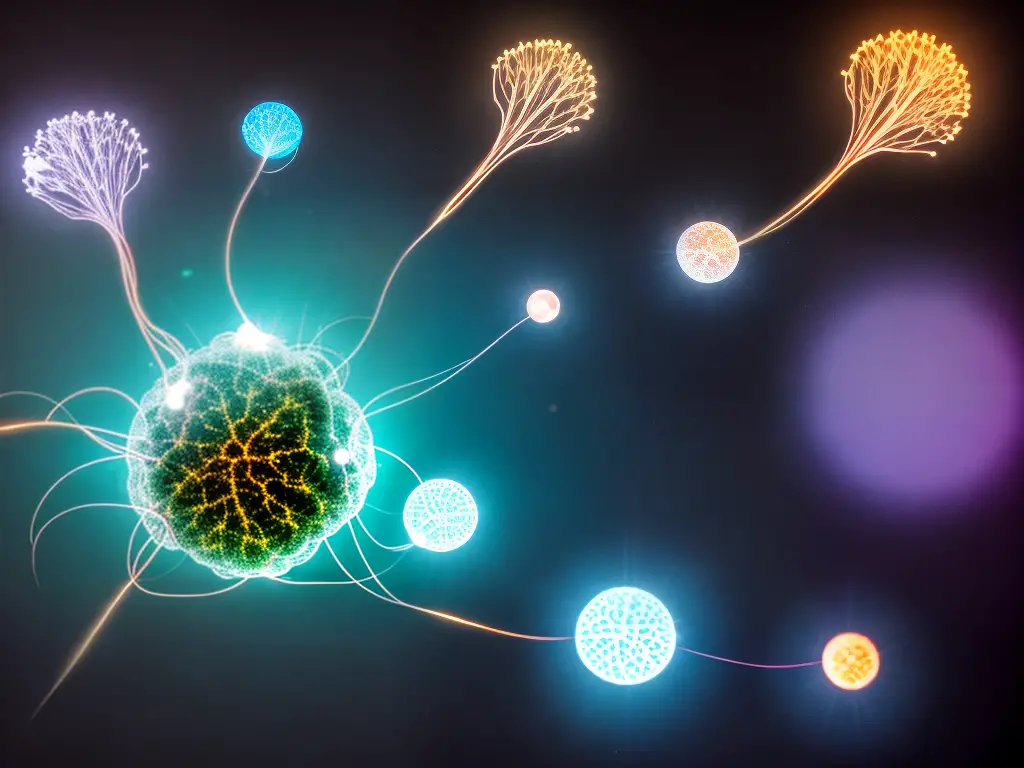
Ultimately, the study of mouse intelligence and problem-solving abilities sheds light on both the complexities of their cognition and the universality of certain cognitive processes. By examining the neurobiology, behavior, and environmental influences on mouse intelligence, researchers can gain an understanding of not only the inner workings of these rodents but also the broader implications for disciplines such as human cognitive science, psychology, and artificial intelligence. This journey into the fascinating world of mouse cognition not only uncovers the vast abilities they possess but also emphasises the power of interdisciplinary research in advancing our knowledge and fostering a deeper understanding of the complexities underlying intelligence and problem-solving in various species.
